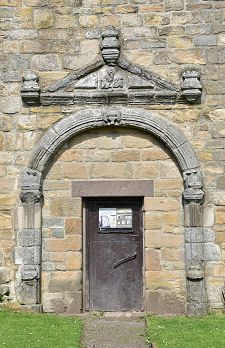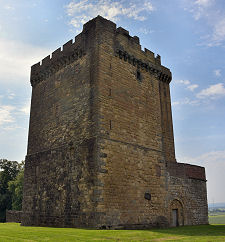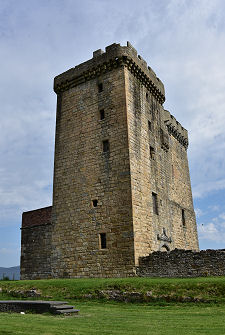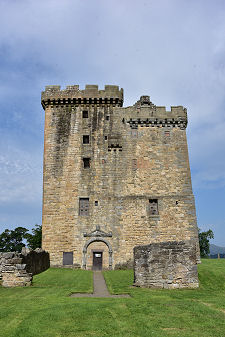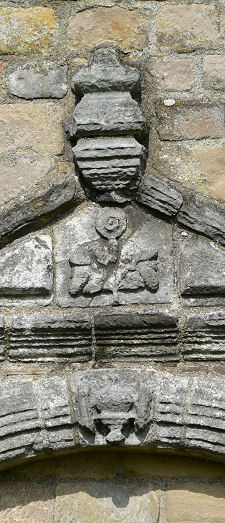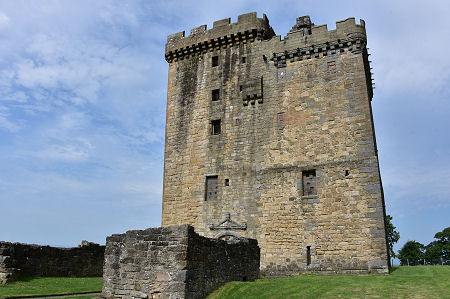 Clackmannan Tower from the North-East |
The small town of Clackmannan has a layout that is oddly reminiscent of Edinburgh's Old Town. One long street - Main Street in its lower reaches and High Street as it passes the attractive Parish Church - runs up the rising spine of a ridge towards a summit on which you find a castle.
The castle, Clackmannan Tower, stands on the top of King's Seat Hill in open fields some way clear of the uphill edge of the town itself. What you find is a magnificent tower house built of golden stone, five storeys in height.
There was probably a royal residence on this site during the reign of King Malcolm IV, in the years around 1160. The first documentary evidence of a castle here is from about 1250 and it is known that in 1330 David II was here on the occasion of his 6th birthday. In 1359 David II granted the estates in the area to a relative, Sir Robert Bruce. It is thought that the earliest part of what you can see of the tower today, the two lower storeys of the main wing, was built at around this time. Access would have been via an external stair leading to a first floor door. (Continues below images...)
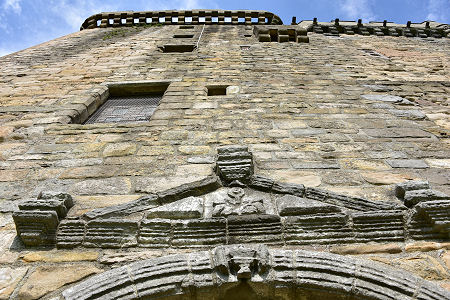 The East Face of Clackmannan Tower |
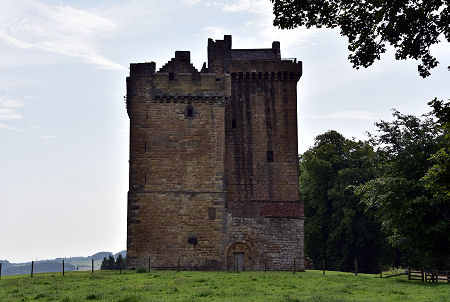 Clackmannan Tower from the North-West |
In the 1400s the tower grew into something much more like what you see today, with the main tower raised to its full height and a new south wing of the same height added. This had an enclosure on its western side and the door was moved to the ground floor.
In the 1500s the Bruce family built a large mansion alongside the tower on its western side. More changes to the tower followed in the 1600s, including an entrance court on its eastern side and a new main door. The Bruce family's fortunes declined, leading to the then head of the family, David Bruce, being declared bankrupt in 1708. He subsequently sold the estate, though not the tower or the mansion. He was succeeded by his son Henry, who supported the Jacobite cause in the 1745 uprising.
Henry Bruce died in 1772 and his widow, Lady Catherine Bruce, lived in the decaying mansion until her death in 1791 at the age of 95. On 26 August 1787 she "knighted" the visiting Robert Burns with a sword said to have belonged to King Robert the Bruce. As a Jacobite sympathiser, she claimed to have a greater right to bestow a knighthood than the Hanoverian King George III.
After Lady Catherine's death the estate, mansion and tower were brought by the Marquis of Zetland but the tower and mansion were never brought back into use. The mansion had been completely removed by 1841. Some of it may have been recycled into the Parish Church, built in 1815 around a smaller church dating back to 1249. Part of the east courtyard wall survives, with evidence remaining of a garden terrace and bowling green. There are also signs of an outbuilding that once abutted the north wall of the tower.
Coal mining was taking place in the area from as early as the late 1700s and mining subsidence caused Clackmannan Tower to begin to lean. A large part of the east side of the tower collapsed in 1948 and it was subsequently taken into state care. Historic Environment Scotland have since repaired the damage caused by the partial collapse and are working towards full public access: currently it is only possible to view the tower externally.
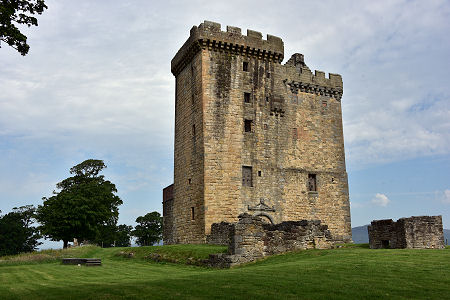 Clackmannan Tower from the South-East |
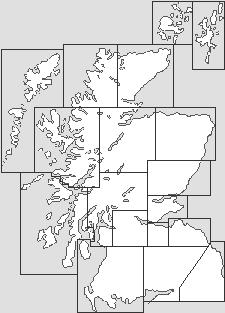
|
|
|
Visitor InformationView Location on MapGrid Ref: NS 906 920 www.historicenvironment.scot HES: Tower Web Page What3Words Location: ///repaying.spark.speeds |
 Inner Forth Landscape Seat |
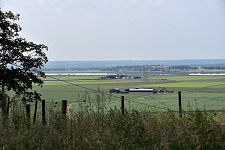 View Towards the River Forth |
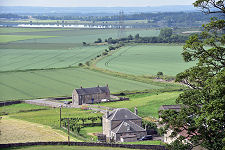 The Farm Down the Hill |
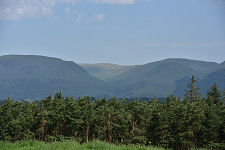 View North to the Ochils |
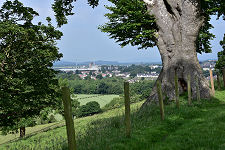 View West Towards Alloa |
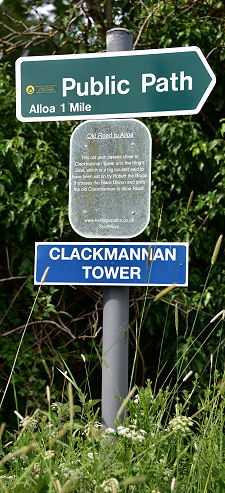 The Old Road to Alloa |
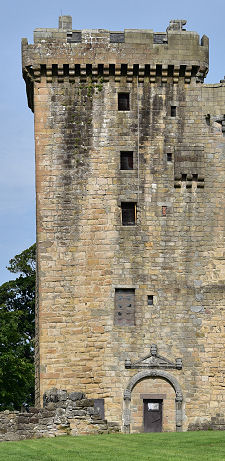 South Wing |
